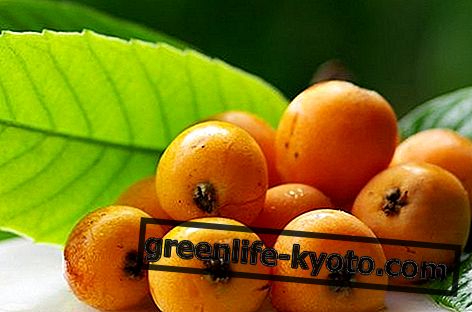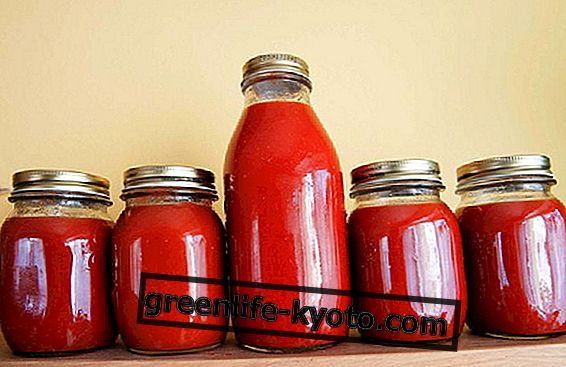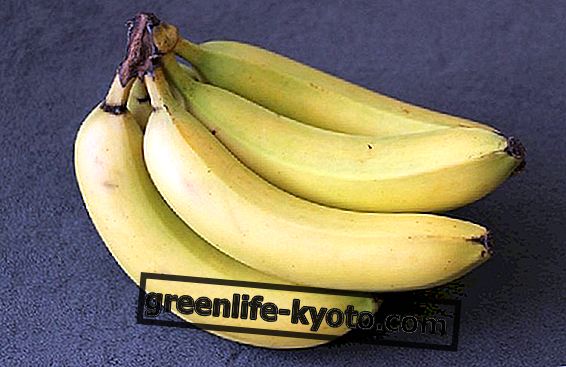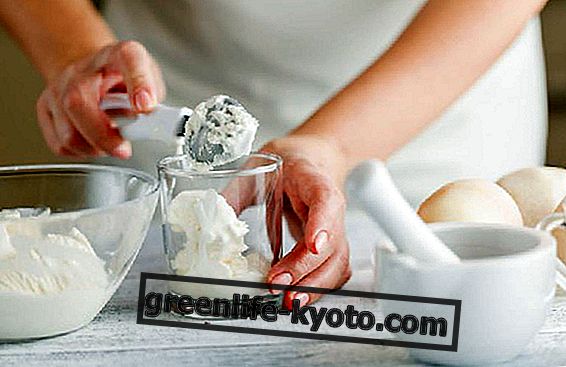Mangosteen, the fruit of Garcinia mangostan a, is rich in water and folic acid, and is useful for protecting the skin and the nervous system. Let's find out better.
>

Description of the plant
The mangosteen tree ( Garcinia mangostana ) is a tropical evergreen (temperatures around zero are fatal) capable of reaching twenty meters in height. The fruit is dark purple when ripe, spherical and with a woody exocarp.
The pulp inside is subdivided into very delicate, buttery, white segments, with a fresh, watery, aromatic flavor, reminiscent of the rose. Inside them you can find the seeds.
A close relative of the mangosteen is the kokum ( Garcinia indica ) whose fruit is used both as a food and as a medicine.
Mangosteen, ally of
Regular consumption of mangosteen helps the skin, the nervous system, the kidneys, the intestines, the joints.
Calories, nutritional values and properties of the Mangosteen
Mangosteen contains 73 kcal per 100 g.
Furthermore, 100 g of product contain:
- Fats 0.6 g
- Cholesterol 0 mg
- Sodium 7 mg
- Potassium 48 mg
- Carbohydrates 18 g
- 1.8 g fibers
- Proteins 0.4 g
The mangosteen fruit certainly does not stand out for its nutritional qualities: besides being rich in water, it contains modest quantities of folic acid, manganese, riboflavin.
However, in the extracts marketed, we can find concentrated various polyphenols (especially xanthones) with antibacterial, antioxidant and anti-inflammatory abilities.
Various parts of the plant are used in traditional Southeast Asian medicines, especially for treating wounds and skin problems, urinary tract infections and dysentery.
Mangosteen, like avocado, among the antioxidant foods: discover the others

Contraindications
No particular contraindication.
Curiosities on the mangosteen
Mangosteen is known as "the queen of fruits" . This is due to a legend according to which Queen Victoria, hearing the praises of her taste, offered a fair sum for those who were able to make her taste a fresh mangosteen fruit from one of her colonies. In this way the "fruit of the queen" has then become "the queen of fruits".
Recently, mangosteen-based products have been put on the market in various countries, exaggerating their curative qualities, resulting in misleading advertising.
How to eat mangosteen
Once the ripe fruit has been chosen, it is necessary to open the woody exocarp in two with a knife. At that point the hands or a spoon will be enough to taste the pulp in slices . In the market you can find juices and purees.













